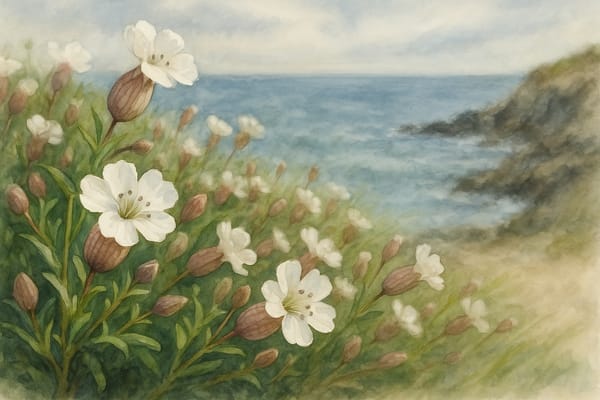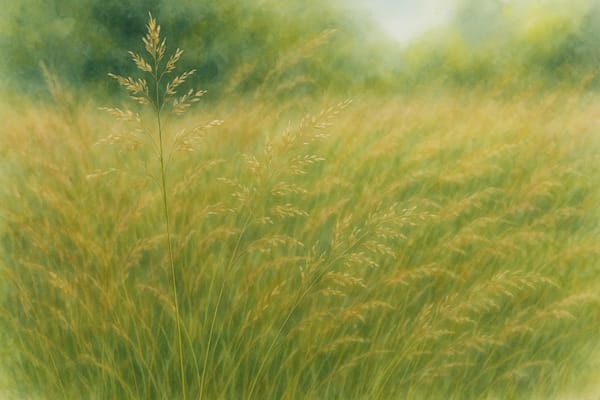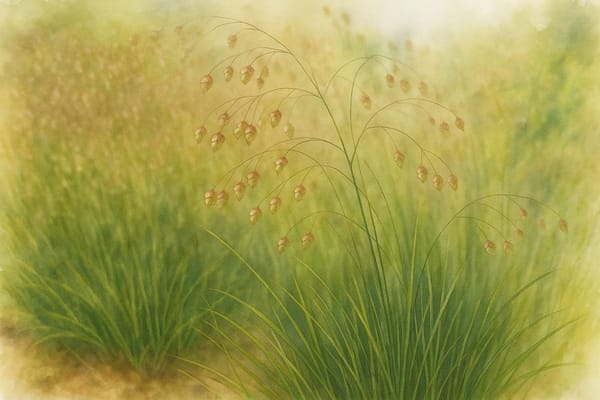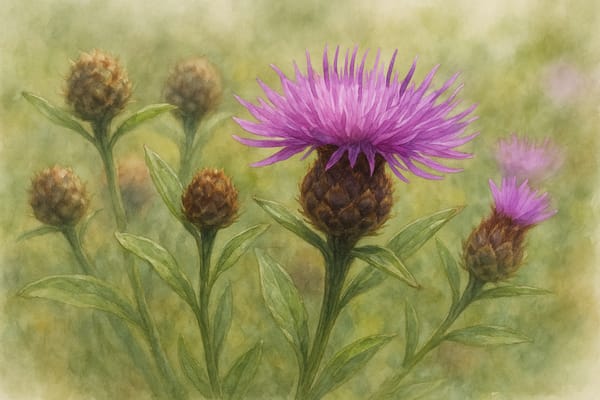Along Cornwall’s windswept cliffs, the delicate white bells of Sea Campion (Silene uniflora) sway in the salty breeze. But beneath their beauty lies a darker legacy: tales of witches, death, and the supernatural. Known locally as Witches’ Thimbles, Devil’s Hatties, and even Dead Man’s Bells, Sea Campion’s folklore reflects a long history of coastal superstition and respect for nature’s perils.
Folklore Roots: Why Such Eerie Names?
Sea Campion earned its haunting nicknames from the dangerous places it grows and the mystical stories passed through generations of coastal communities.
| Nickname | Folkloric Meaning |
|---|
| Witches’ Thimbles | Bell-shaped blooms thought to belong to witches — picking them was believed to invoke bad luck. |
| Devil’s Hatties | Warned of the devil’s presence — disturbing them might bring misfortune. |
| Dead Man’s Bells | Believed to toll a death knell when picked near cliffs or graves. |
These names served as powerful deterrents — especially to children — not just from superstition but to keep them away from the hazardous cliff edges where Sea Campion thrives.
Why Picking Was Believed to Bring Disaster
In historical Cornwall, it was widely believed that picking Sea Campion could bring illness, bad luck — even death. This taboo wasn’t only mystical in origin:
- Cliff Safety: The plant grows in precarious, wind-blasted outcrops, and folklore helped prevent real-life accidents.
- Supernatural Protection: Many believed the plant guarded sacred or dangerous places, and disturbing it would break a spell or invite misfortune.
- Cultural Respect: Like many native wildflowers, it was seen as a part of the untamed landscape — better left untouched.
Sea Campion in Legends and Myth
Sea Campion features in various UK myths and traditions:
- Roman and Greek Mythology: One legend tells of a boy transformed into the plant by Minerva, with its inflated calyx symbolising a forgotten task.
- Tears of Sea Nymphs: In another, the flowers are said to have sprung from the sorrow of sea spirits.
- Children’s Games: Despite its fearsome names, children played with Sea Campion flowers — turning them into "ballet dancers" or "washerwomen" in rural games.
Linked to Shipwrecks and Coastal Spirits
The nickname Dead Man’s Bells may stem from Sea Campion’s association with shipwreck sites. In some Cornish legends:
- The plant grew near drowned sailors’ graves.
- Picking it was said to disturb the spirits of those lost at sea.
- Its presence marked sites of past tragedy, becoming a living memorial on the cliffs.
A Symbol of Resilience
Despite its ominous folklore, Sea Campion is also a symbol of endurance. It thrives where few plants can — enduring salt, wind, and stone. For coastal communities, it represents:
- Survival against harsh odds
- Connection to the land and sea
- The enduring mystery of the wild
Folklore Table Summary
| Folklore Element | Historical or Cultural Meaning |
|---|
| Cliffside warnings | Superstitions acted as safety mechanisms against real danger |
| Names invoking death or spirits | Tied the plant to maritime tragedies and cautionary tales |
| Magical associations | Seen as a protective or cursed plant, best left alone |
| Children’s traditions | Blended imaginative play with respect for local beliefs |
Final Thoughts
Sea Campion’s story is a reminder that Cornwall’s coastal plants are more than just part of the scenery — they’re part of a living folklore, passed from parent to child, embedded in tales of danger, magic, and resilience.
Its soft white flowers carry the weight of centuries of myth — whispering warnings from the cliffs where earth meets sea.











